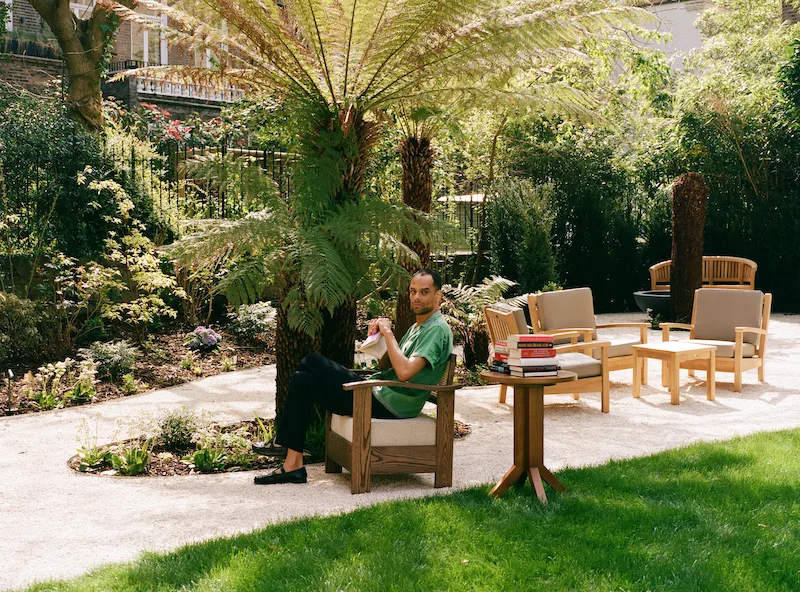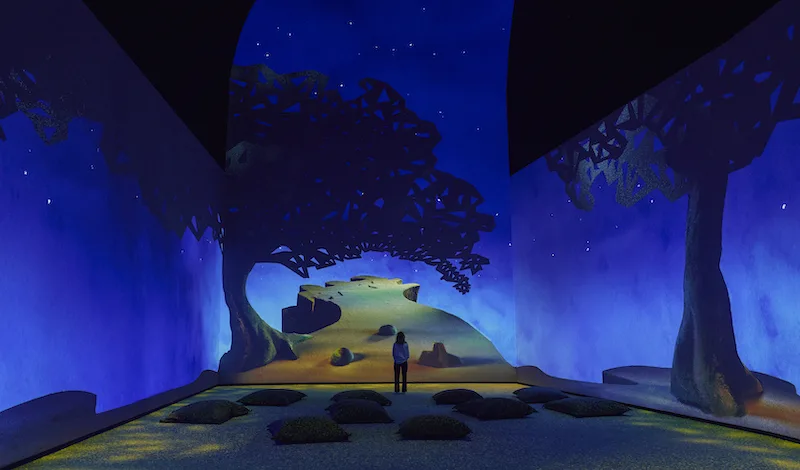“There are certain core themes that have always been in my work: time, memory, and history – those are really the three elements in all my pictures.” Stephen Wilkes is talking about the “Day to Night” images that have been the career-defining project for the New York based celebrated photographer. The composition and techniques behind these photographs are the culmination of not only his career but over a century of progress for the visual medium.
In a sense, Stephen Wilkes “Day to Night” photographs turn the art form on itself. Wilkes – a historian of the medium – is fascinated by the early photographers and the extent to which the production of an image was a visceral and artistic process.
For Stephen, the past century of learning about this art form has delivered a new era for the visual image. “I feel like we’re living through what historically will be the golden age of photography. I am very much about the story and I love the history of the medium; I am obsessed with it, really. If you are able to immerse yourself and develop mastery in analog, but then have the guts to move into the digital space and embrace it, it grants the creativity that brings you Day to Night.
It allows me to essentially merge all the things that I love about the medium of photography into one. The process has given me a window into capturing the world in a moment in time.”
I feel like we’re living through what historically will be the golden age of photography
– Stephen Wilkes

Photography was always limited by the frame. Wilkes has taken the idea and produced pictures on a grand scale and to an extent, independent of the single frame. What you can photograph is no longer exactly in the realm of the camera lens in a single exposure. Multiple exposures digitally spliced together create a tapestry of the time between day and night. What were once grand canvasses painted by artists in the 19th century have been transformed into photographs on the same scale. The Day to Night series touches not just on historic monuments and iconic scenes, but on how the natural environment is changing.
Technically, Stephen Wilkes’ Day to Night pictures are pure “old school” photography. There is nothing automatic or computer-driven in them. The process for the image starts months, if not years in advance. The first step is to pick the location. What started as love letters to his native city of New York has grown into a record of the day and night in the natural world or of places of historic importance around the globe.
The second step is the time of year. Depending on the hemisphere and the season, there would be variations in the length of the day, the weather conditions, and the phase of the moon among other factors. All elements have to come together to produce the complete scene required for a full day to night photograph.

The third influencing factor is the camera he uses, which is not left on a tripod at any point, or computer-controlled to take a picture at certain intervals. Stephen Wilkes manually photographs every image. It is an endurance test. He is there for the duration – somewhere between 24 and 36 hours – and with a shutter release cable, he takes every photo that would be used afterwards in the compilation of the larger scene.
“That’s how I keep my edge. I’m always afraid of missing the moment that would be the defining one in my photograph, so my eyes stay glued to the scene which keeps my focus razor-sharp.” The reason the photographs cannot be automatically timed lies in the camera itself, a “large format” – which refers to the size of the negative. This type of camera has been around, with essentially the same design, since the 19th century, almost from the advent of photography itself. They are cumbersome, require careful setup, and are manually operated.
The only difference with those from yesteryear is the introduction of a “digital back” so, instead of taking one photograph at a time and then changing the negative for each shot, you can take thousands of them. The other special element of the large format camera is the size of the negative, even in digital form. It captures the detail that is then found in the overall composition of the photograph.
…my eyes stay glued to the scene, which keeps my focus razor-sharp.
– Stephen Wilkes

The manual shots then need to be processed and matched by hand, one by one, to form the overall image. This can take one to two months. “It is a painstaking process but, when I get back home, I have such a broad range of images with so much micro detail in them that it feels as if I rediscover my own photographs. It is then, that I find other hidden things within the narrative that I had missed but just happened to catch while I shoot. There’s a certain kind of serendipity that takes place within my work.”
The genesis of the idea for Day to Night was initially from David Hockney. Back in the 1980s, Hockney experimented with Polaroid photos and assembling them in composite form to render an overall image. For the artist, these were not photographs anymore, but abstracted, stylized pictures, filtered down to the essence in the same way that Cubism did. Wilkes explained, “I was studying his work and thinking how fascinating it was not only how he could move a camera through a scene and capture fractal moments within an overall space but also how he was expanding the vision of what he was seeing through this process.”
Stephen’s first chance to experiment with the technique of composing an overall image with multiple photographs came with the request to shoot the cast and crew of Baz Luhrman’s Romeo and Juliet. The Day to Night project took a more definitive form when he was commissioned to photograph the High Line in New York. Stephen returned to the idea of producing a composite photograph: a section of the High Line from day to night, reflecting the different moods of the place.
Stephen describes the process as creating a time vector within the pictures. “Once I decide when day begins and night ends, that’s what I call a time vector. I am essentially creating this idea of what the space-time continuum means within a still photograph, providing a depth that doesn’t really exist in any other photography because, in conventional photography, you cannot move light through the image, but in my pictures, the colour of light changes and the shadows rotate.”

What makes the photos so engaging and compelling to look at is the detail. Contained within the grand scale of the scene and the length of the day and night, are small vignettes of human or natural life that serve as a reminder to ourselves of how we stack up in the scale of the everyday.
“There is something about seeing time in a photograph that I realise I stepped into. I’m exploring that with this concept of finding things that are iconic and part of our collective memory, I then intersect that with the idea that you’re now looking at it in the way your eyes would see it and you might remember it. Viewers realise that there is something very odd about these photographs and what happens when they look closer is that they begin to discover that time has changed.”

















Show Comments +